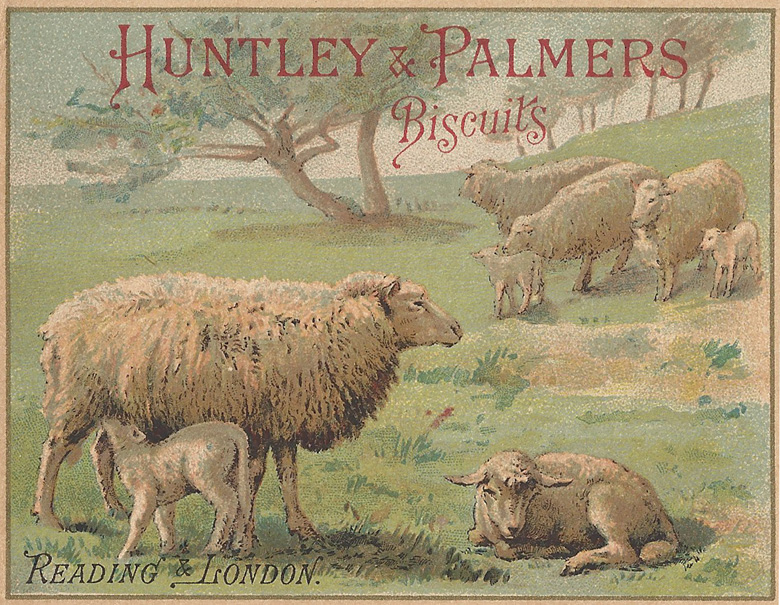While writing out the words of my song the other day I went on one of my sporadic quests to locate an image of an actual Berkshire Nott. I am obsessed with this sheep breed because it is the one that was locally important where I now live in Reading, Berkshire. It is now extinct and just as I state in my song, its genes are now present in the Hampshire Downs sheep breed. If anybody knows of an image of a Berkshire Nott – a paint or a print which features the Berkshire Nott – I would be most grateful to see it! In the meantime, let me share with you my discovery of a wondrous sheep-related agricultural practice entitled ‘The Golden Hoof’, discovered in a brilliant booklet by Nigel Wardell of the East Ilsley Local History Society. Also, just as an aside, we have received so much extra and worthwhile and wonderful material at the eleventh hour that WOVEMBER will continue until Friday, so the woolly wonderment is not over JUST yet and there are more WOVEMBER WORDS to come before we truly bow out for 2014.
In the 18th century, the local sheep was the Berkshire Nott, described as “useful and handsome, well adapted for folding, strong and agile, weighing up to 30 lb per quarter at 30 months. Their wool not very good but a thrifty breed, congenial with the soil”. Berkshire Notts were big sheep, tall with Roman noses, black face and legs and coarse wool. Notts were particularly good for folding on fallow land to manure the ground, but declined drastically during the early part of the 19th century (possibly because improvements in agriculture overcame the need for such a hardy breed in the area). The breed is believed to have disappeared by 1860. By 1918, the Hampshire Downs sheep was most common locally; this was a cross between Berkshire, Wiltshire and Southdown Sheep.
The practice of ‘folding’ sheep was an old one that lasted well into the 20th century. Even in the 1930s, sheep roamed across the thin downloand turf during the day, their bells identifying their whereabouts, and were brought back to the hurdle fold in the evening by the shepherd and his dog. There, the sheep fed on the clover, sainfoin, turnips, swede, rape or kale, and manured on the land that was intended for cash crops in later years (a practice known by farmers as the Golden Hoof).
– Nigel Wardell, “Far famed for sheep and wool” – a history of East Illsley’s markets and fairs”, East Ilslely Local History Society, Sigma Books, 2006. You can buy your own copy of this absolutely wonderful little publication here.

Whilst on the subject of Reading and its sheep, I couldn’t resist sharing this advertising card from the Huntley & Palmers biscuit factory. It seems to be an advertising card for this once great Reading-based firm, announcing awards won at the Expositions Universelles Internationales de Paris in 1878 and 1900 for ‘fabricants de biscuits’. It is one of the only images I could find while searching for “Reading, sheep, 1800s” though I am pretty sure that from the description these are not Berkshire Notts!